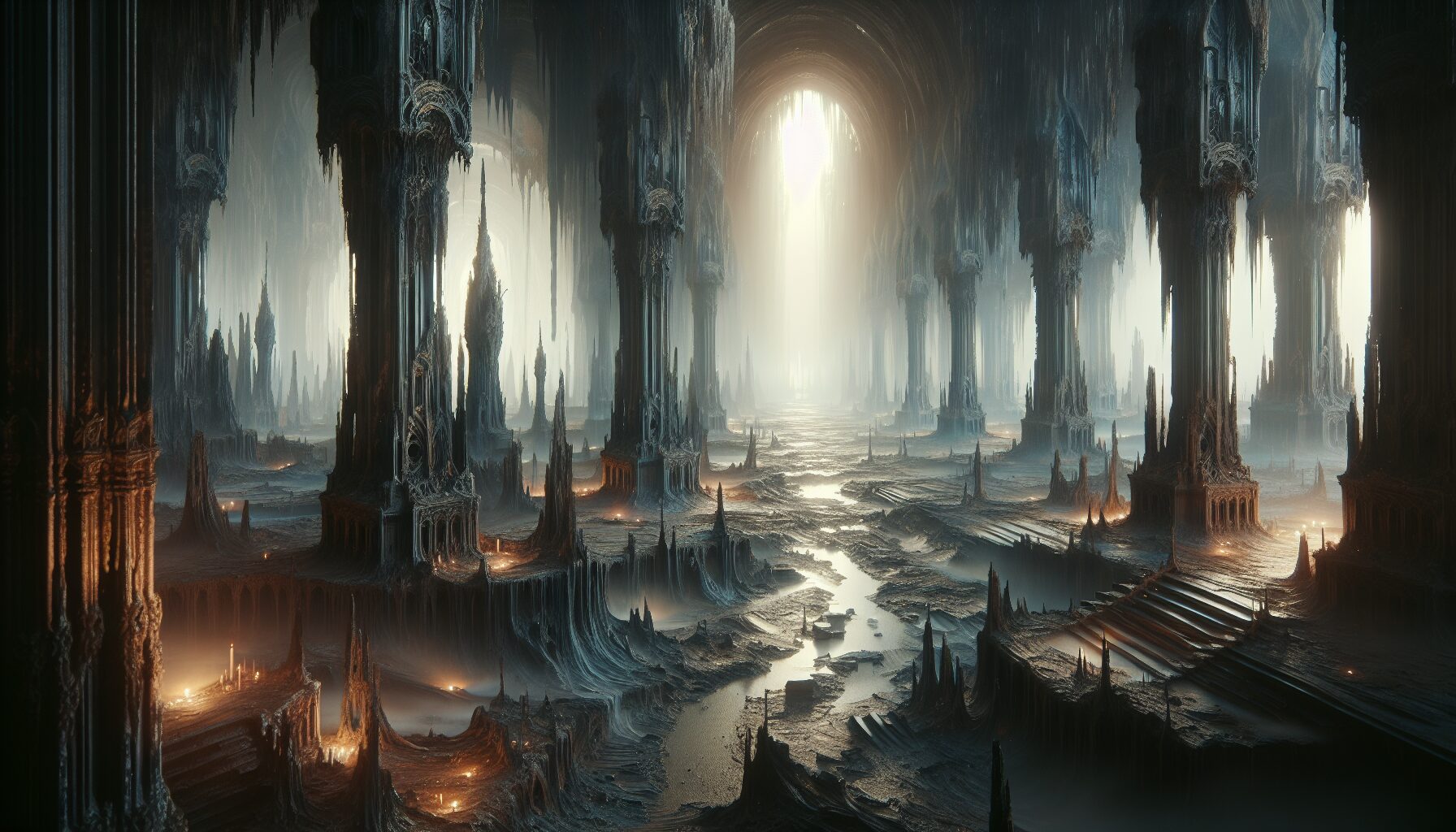Charnel Grounds: Temples of Rot and Transformation
For centuries, charnel grounds have been places of profound spiritual significance and reflection. These sites, often associated with death and decay, invite contemplation on the nature of life and the inevitability of death. In various spiritual traditions, charnel grounds are spaces where transformation occurs amid decay, acting as powerful metaphors for the cycles of life.
The Historical Significance of Charnel Grounds
Historically, charnel grounds served as open-air cemeteries or burial places where corpses were left to decompose naturally. These grounds were functional in hot climates, where rapid decay and scavenging by wildlife expedited the decomposition process. They were, and in some places still are, essential parts of societal practices surrounding death.
Charnel Grounds in Tibetan Buddhism
Charnel grounds hold particular importance within Tibetan Buddhism. Practitioners engage in meditative practices at these sites to confront the impermanence of life directly. According to Lion’s Roar: Buddhist Wisdom for Our Time, “Buddhist monks would meditate upon corpses in various stages of decay, reflecting on the transient nature of the physical body.”
“Meditating on death in such vivid terms leads to the realization that the attachments of life are fleeting, and in that realization, a deeper understanding of detachment and spiritual awakening unfolds.”
Symbolism and Metaphor
Within the context of spiritual practice, charnel grounds symbolize more than just death. They represent the continuous cycle of decay and renewal. Here, the physical dissolution of the body foreshadows spiritual rebirth or transformation.
- Impermanence: The sight of a decomposing body serves as a powerful reminder of the impermanent nature of reality.
- Detachment: Observing decay fosters a sense of detachment from the physical self and its desires.
- Transformation: Like nature reclaiming the body, spiritual growth often follows the metaphorical death of the ego.
Charnel Grounds in Hindu Traditions
In Hinduism, charnel grounds are similarly revered for their transformational power. The deity Shiva, known as the destroyer within the Hindu trinity, is often depicted meditating in such places. This imagery underscores the transformative aspects of death, Shiva embodying both destruction and creation.
“Destruction is simply the reordering of elements for rebirth, a necessary process of the cosmic dance.”
Contemporary Reflections
In modern times, while the practice of meditating in charnel grounds may not be as common, the philosophical and spiritual teachings derived from such places continue to resonate. Contemporary mindfulness practices often draw from the same principles of impermanence and release.
For those unable to experience the physicality of a charnel ground, meditative practices focused on breath and awareness can simulate the confrontation with impermanence and release. As Tricycle: The Buddhist Review explains, “Mindfulness enables even busy city dwellers to engage in their own kind of meditation on impermanence, planting the seeds for transformation without the physical ground of bones.”
The Global Perspective
Charnel grounds exemplify a universal acknowledgment of death as part of the human experience. Across various cultures and traditions, these sites remind us of our shared destiny and the potential for spiritual awakening within life’s unavoidable cycles.
Although charnel grounds may appear macabre, the true essence lies in their function as catalysts for profound personal transformation. They teach lessons that transcend cultural boundaries—about letting go, embracing change, and the eternal balance of life and death.

Comments